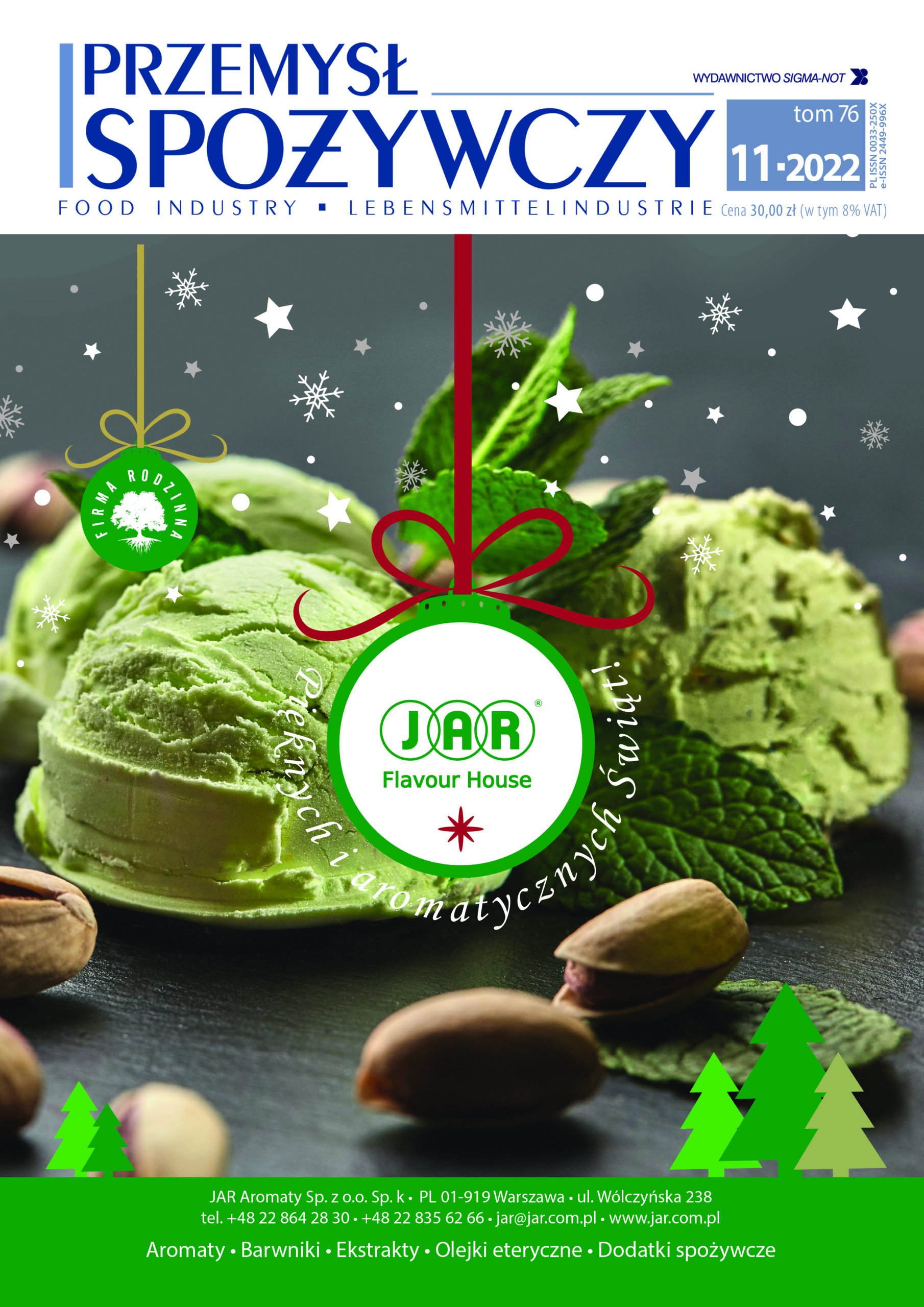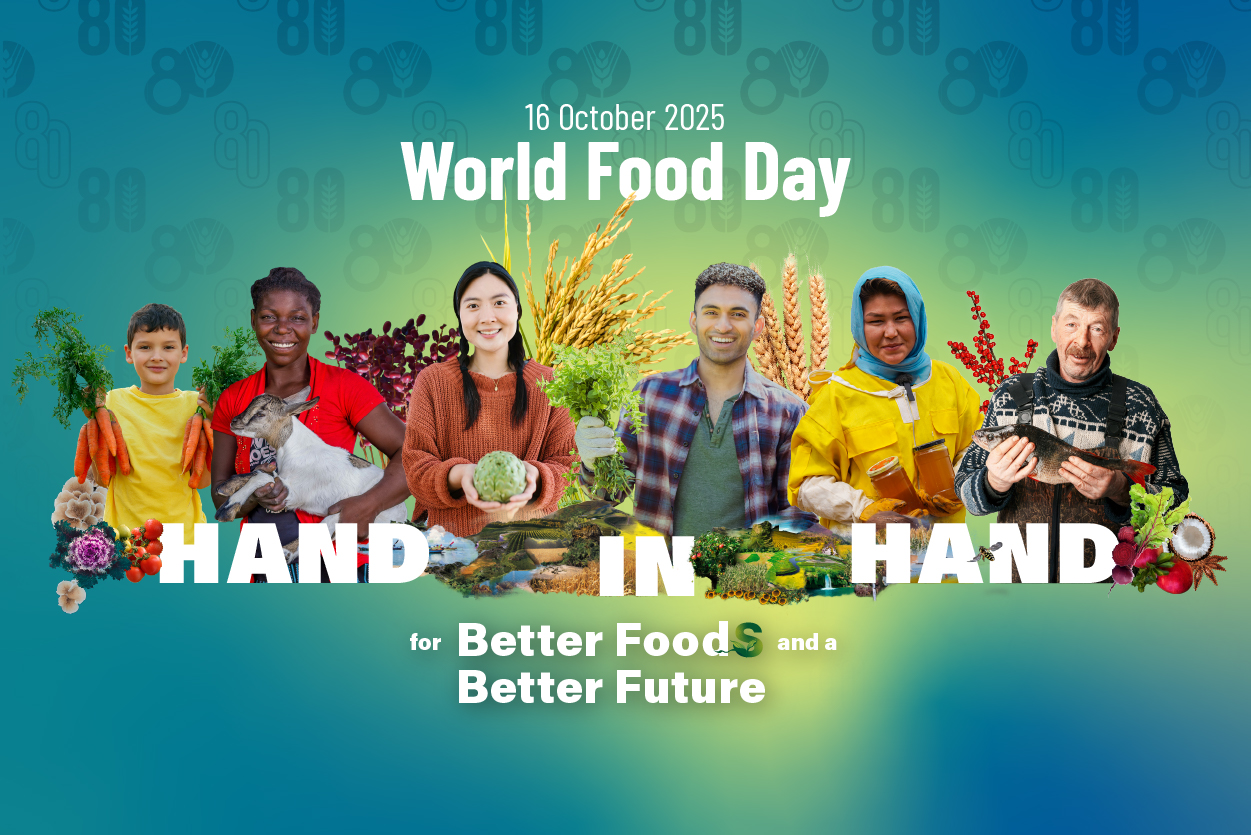ECONOMY
- Changes In Fruits and Vegetables Consumption in The European Union Countries (DOI10.15199/65.2022.11.1)
Mariola Kwasek 2
The article presents changes in the fruits and vegetables consumption in the European Union in 2010-2019 and self-sufficiency rates in fruits and vegetables in 2017-2019. The obtained results are used to monitor progress towards a transition to a healthier and more balanced diet. Food balance sheets of the Food and Agriculture Organization of the United Nations (FAO) were used to assess changes in fruits and vegetables consumption. Total fruits and vegetables consumption shows an upward trend in most EU-27 countries, with the exception of Malta, Austria, Slovakia, Sweden, Luxembourg, Denmark, Italy and Greece. In Poland, the total consumption of fruits and vegetables increased by 9.2%. In Poland and most EU countries, the level of consumption of fruits and vegetables complies with the WHO nutritional recommendations. Only Greece, Spain, Poland and Italy are self-sufficient for both fruits and vegetables.
KEY WORDS: fruits, vegetables, consumption, self-sufficiency, European Union
LAW
- Labelling Of Food Suitable for Vegans or Vegetarians – What to Pay Special Attention To? (DOI10.15199/65.2022.11.2)
Marta Zawadka 8
The article discusses selected aspects of the labelling of foods suitable for vegans or vegetarians. It addresses the definition of vegan and vegetarian foodstuffs from the perspective of EU and national legislation and guidelines. This is followed by a description of what to look for in the potentially problematic naming of plant-based meat and dairy substitutes. The main principles of voluntary information on the additional benefits of products suitable for vegans or vegetarians are also discussed. The article concludes by focusing on the links between the need to comply with the legal labelling requirements and the potential expectations of consumers who are vegan, vegetarian or seeking to reduce their meat intake.
KEY WORDS: labelling, vegans, vegetarians, plant-based, meat substitutes, dairy substitutes
TECHNICS-TECHNOLOGY
- The Phosphorus Crisis – What Is It and How Can We Deal with It? (DOI10.15199/65.2022.11.3)
Łukasz Byczyński 14
The depletion of readily available for plants phosphorus, the increase in feed and phosphate prices, and the pollution of surface waters with phosphate are symptoms of a wider phenomenon known as the phosphorus crisis. This article briefly explains the importance of phosphorus in agricultural production and animal nutrition, what causes the current situation with decreasing sources of phosphorus and its contribution to process of eutrophication of waters, as well as where we are going and how we can deal with this problem.
KEY WORDS: phosphorus, crisis, phytase, phytic acid, eutrophication
- Technology Of Dry Fermented Sausages (DOI10.15199/65.2022.11.4)
Ewelina Węsierska 20
Dry fermented sausages are a rich source of complete protein and bioactive compounds such as peptides, essential amino acids and essential fatty acids. Their nutritional value, sensory quality and safety depend on the freshness of the raw materials used, the composition of additives, the quantitative and qualitative composition of the acidifying and denitrifying microflora and the physical parameters of maturation. Properly directed processes of protein and fat decomposition as well as further transformation processes of successively formed products of these reactions enable the development of a unique profile of volatile aroma compounds, attractive color and appropriate texture.
KEY WORDS: fermented sausages, maturation, technology, quality
FOOD-FEEDING
- Plant-Based Alternatives to Cheeses: Status and Prospects (DOI10.15199/65.2022.11.5)
Iwona Szymańska 25
The dynamic development of the market of plant-based dairy products alternatives is a consequence of changes in the nutrition habits of consumers, related to, inter alia, health or environmental issues. In order to obtain plant-based products with texture and sensory characteristics similar to their dairy counterparts, various substances (e.g. gelling) or technological treatments (e.g. fermentation) are used. The most common fat used in cheese alternatives is coconut fat (rich in saturated fatty acids). Plant-based dairy products alternatives contain less protein and more carbohydrates than conventional cheeses. The challenges of the future are research on, inter alia, the reformulation of the composition of cheese substitutes in order to increase their nutritional value, and structuring of plant proteins that create the proper structure of products.
KEY WORDS: plant-based diet, cheeses, substitutes, analogues, nutritional value
EXPERT
- International Standards Defining the Requirements Related to The Safety and Quality of Food Products
Ziemowit Rudy 30




